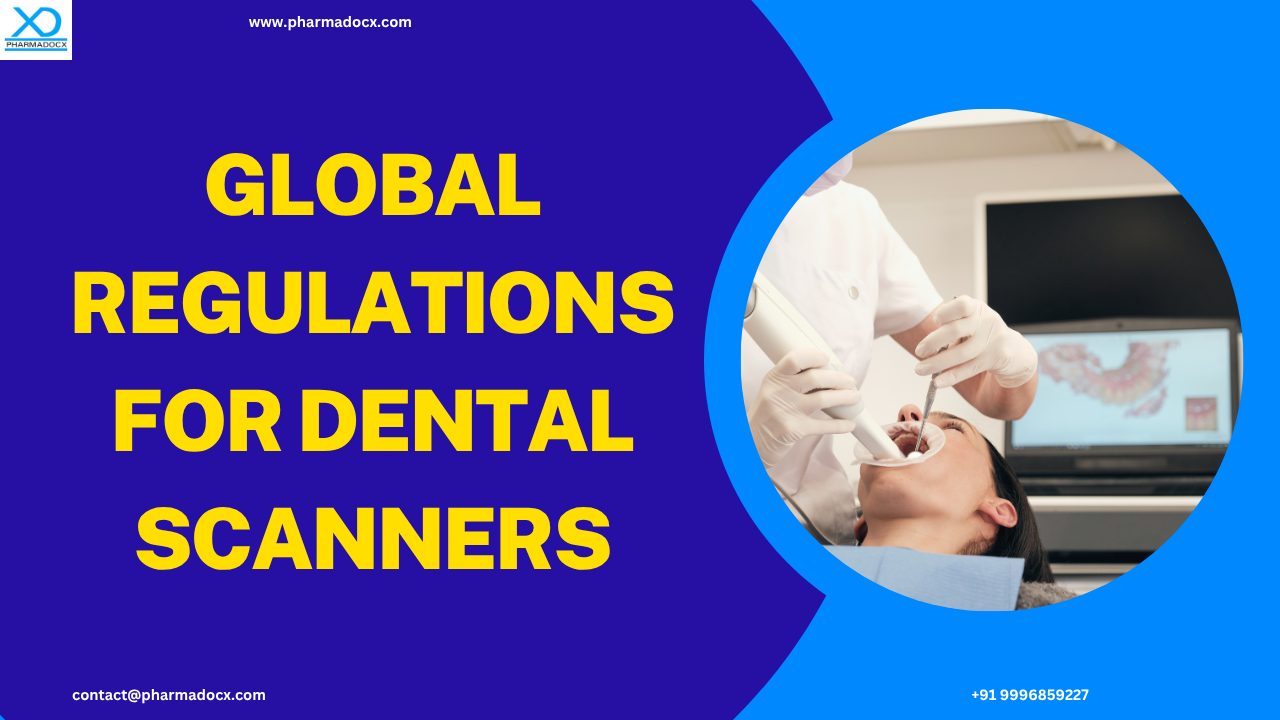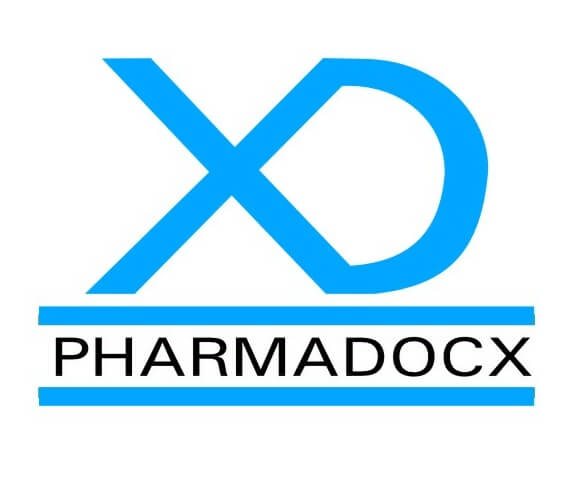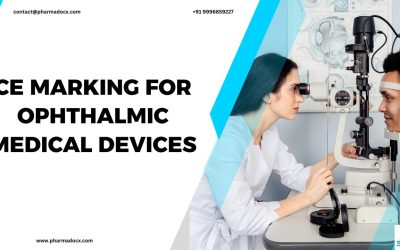By replacing traditional moulds, dental scanners have revolutionised modern dentistry. To ensure patient safety, dental scanners are strictly regulated. We have prepared a step-by-step guide to help you easily navigate the regulations for dental scanners.
What are dental scanners?
Dental scanners are specialized digital scanners that have replaced traditional moulds used in dentistry. They are used to create three-dimensional images of a patient’s teeth and surrounding structures. Dental scanners are used in dentistry for various purposes. They are used to create digital impressions for restorations, like crowns and bridges, as well as planning orthodontic treatment. Additionally, they are used for assessing dental and facial structures for diagnosis and treatment. As compared to traditional moulds, dental scanners are faster and more accurate. Moreover, they are a comfortable way to diagnose conditions, plan the necessary treatments, and design prosthetics for the patient.
Common types of dental scanners
- Cone Beam Computed Tomography (CBCT) Scanners: Cone Beam Computed Tomography (CBCT) scanners are used to generate 3D images of the teeth, jawbone, and surrounding tissues using X-rays. These scanners are mainly used for complex treatment planning, such as implant placement and evaluating TMJ disorders.
- Intraoral Scanners: These handheld devices are used to capture detailed images of the oral cavity in real-time. Using these scanners, dentists can visualize the teeth and gums on a computer screen.
- Extraoral Scanners: Extraoral scanners are larger than intraoral scanners. These are used outside the mouth to scan models or impressions.
- Photogrammetry Scanners: These scanners are used to capture high-resolution photographs to create 3D models.
Dental scanners have transformed dentistry. These advanced digital devices will capture detailed 3D images of a patient’s teeth, gums, and other oral structures. Previously used traditional moulds used messy materials and trays to create physical models of the mouth. These uncomfortable mould impression techniques have been replaced by dental scanners.
How do dental scanners work?
We have provided an overview of how dental scanners work.
- Light projection: Scanners project patterns of light (structured light or laser) onto the teeth and soft tissues inside the mouth.
- Image capture: High-resolution cameras capture the reflected light. They record thousands of images per second.
- 3D modelling: Using these images, the dental scanner software creates precise real-time 3D digital model of the oral cavity.
- Data transmission: The digital impression image of the oral cavity can be instantly shared with dental labs for designing and creating restorations and prosthetics.
Advantages of using dental scanner
Dental scanners are valuable tools that improve the accuracy and efficiency of creating detailed 3D images of a patient’s teeth, gums, and other oral structures. Additionally, they improve the patient experience while creating digital dental impressions. Hence, dental scanners offer multiple advantages, thereby making them a valuable medical device in the field of dentistry.
- Improved accuracy: Dental scanners are used to create precise digital models, thereby leading to better-fitting dental restorations and appliances.
- Faster procedures: Using dental scanners significantly reduce chairside time, thereby allowing more patients to be treated daily.
- Enhanced patient comfort: Messy and uncomfortable mould impression materials can be avoided by using dental scanners.
- Real-time feedback: The real-time feedback attribute of dental scanners enables dentists to view and adjust the scan immediately, thereby reducing the need for retakes.
- Improved patient communication: Detailed 3D models created using dental scanners are used to visualize treatment plans and educate patients.
- Reduced errors: Using dental scanners will minimize potential inaccuracies associated with traditional mould impression techniques.
- Digital storage and sharing: Easily archive and share scans electronically with labs and other specialists for review and creation of dental applications.
- Eco-friendly: Dental scanners will help do away with the need for disposable impression materials and plaster models.
- Streamlined workflows: Seamlessly integrate your dental scanner with CAD/CAM systems and dental software to improve efficiency and streamline workflow.
Global regulations for dental scanners
Dental scanners are considered a medical device. They are used to diagnose conditions, plan the necessary treatments, and design prosthetics for the patient. Hence, they are regulated accordingly. Globally, strict regulations for dental scanners are in place. Different countries have their own regulations. We have highlighted some of them.
- India: In India, dental scanners are regulated by the Central Drugs Standard Control Organization (CDSCO) under the purview of Medical Device Rules, 2017. Hence, dental scanner manufacturers will have to secure the applicable CDSCO medical device manufacturing license for legally marketing their products in India. Additionally, dental scanner importers will have to secure the CDSCO medical device import license.
- US: In the U.S., dental scanners are regulated by US FDA regulations for medical devices. Depending on the medical device classification and presence of a predicate device, premarket notification (US FDA 510(k)) or premarket approval (PMA) will be required.
- EU: In the European Union, dental scanners must comply with EU MDR regulations. Additionally, CE certification has to be secured.
- Saudi Arabia: In Saudi Arabia, medical devices are regulated by Saudi Food and Drug Authority (SFDA). Thus, dental scanners entering the Saudi Arabian market must comply with SFDA regulatory requirements for medical devices.
- Canada: Health Canada regulates all medical devices entering its market. Hence, dental scanners must comply with applicable Health Canada medical device regulations. Additionally, the necessary license will have to be secured.
Navigating regulations for dental scanners
We have prepared a guide to help you easily navigate the regulations for dental scanners.
- Preparing for the regulatory approval process and necessary documentation: Prior to applying for the necessary license, you need to prepare for the regulatory approval process by complying with the applicable regulatory guidelines. Additionally, you need prepare the necessary documentation proving compliance with guidelines. Have a technical specifications and performance report handy. Moreover, clinical trial data proving safety and effectiveness is required. The manufacturing process should be detailed out. Risk assessment and mitigation plans have to be prepared. Documentation proving the device meets safety, reliability, and quality benchmarks will be required.
- Implement a robust quality management system (QMS): ISO 13485 guideline is the internationally recognized standard for the medical device quality management system (QMS). Having a strong and robust QMS is essential for maintaining compliance with regulations for dental scanners throughout the product lifecycle. The ISO 13485 guidelines provide a framework for design and development controls, risk management procedures, production and testing validation, and corrective and preventive actions (CAPA).
- Labelling and documentation requirements: Proper dental scanner labelling will help users understand how to safely and effectively operate the device. Most regulations have the following requirements: clear usage instructions and warnings, official compliance symbols (FDA, CE, etc.), Unique Device Identification (UDI) for traceability, translations for international markets, etc. Certain medical device regulations for device labelling maybe country specific and device specific. Hence, it is vital to properly understand the country-specific labelling regulations for dental scanners.
- Post-market surveillance and continuous compliance: Post-market surveillance is an important requirement for maintaining compliance with medical device regulatory guidelines. Most regulatory guidelines will require a post-market surveillance plan. Regulatory guidelines require ongoing monitoring to ensure patient safety and product effectiveness. Periodic audits and risk reassessments have to be conducted. Additionally, adverse events have to be tracked and customer feedback on the product has to be collected. Moreover, real-world data on the product after it has been launched in market has to be collected.
How can Pharmadocx Consultants help you comply with regulations for dental scanners?
Navigating the regulations for dental scanners can be a tricky task, as different guidelines are applicable in different markets. We at Pharmadocx Consultants have extensive knowledge of the global medical device regulatory guidelines. Our team will help you easily secure the license for dental scanners. Our comprehensive service covers the following:
- Technical document preparation
- ISO 13485 and QMS implementation support
- Risk management
- License application filling
- Post-market surveillance support
To navigate the regulations for dental scanners in a hassle-free manner, email at [email protected] or call/Whatsapp on 9996859227.





